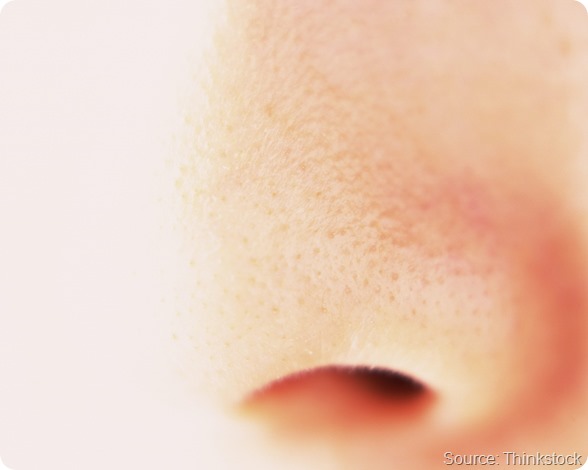Reconstruction of damaged/absent tissue using engineered autologous (from the patients’ own cells) implants has been successfully achieved in humans for the first time.
Professor Ivan Martin's team at the University of Basel, Switzerland, successfully rebuilt the nostrils of five individuals damaged by skin cancer using cartilage engineered from the patients’ own cells.

Cartilage cells extracted from the nasal septum of each patient were cultivated on collagen membranes to generate cartilage. The engineered grafts, 40 times larger than the original biopsy, were shaped according to the defect and implanted.
One year after reconstruction, all five recipients were satisfied with their ability to breathe, as well as the cosmetic appearance of their nose, and did not report any local or systemic adverse events.
Professor Martin commented “The engineered cartilage had clinical results comparable to the gold standard cartilage graft surgery. ..It opens the way to using this engineered cartilage for more challenging reconstructions in facial surgery such as the complete nose, eyelid, or ear”
Similarly, a team led by Professor Anthony Atala of Wake Forest School of Medicine, USA successfully implanted tissue-engineered vaginal organs in four women aged 13–18 years.
The women had Mayer-Rokitansky-Küster-Hauser syndrome that causes the vagina to be underdeveloped or absent.
The team grew smooth muscle and vaginal epithelial cells using a vulvar tissue biopsy from each patient. The cells were grown on specially designed vagina-shaped biodegradeable scaffolds for 7 days before being surgically implanted.
Eight years after transplantation, the organs continue to function as if they were native tissue and all recipients are sexually active, report no pain, and are satisfied with their desire/arousal, lubrication, and orgasm.
Professor Atala remarked “Yearly tissue biopsy samples show that the reconstructed tissue is histologically and functionally similar to normal vaginal tissue. This technique is a viable option for vaginal reconstruction and has several advantages over current reconstructive methods"
Nasal and vaginal reconstructions are currently achieved by cutting grafts from another part of the patient's body. However, this is a painful and invasive procedure and has been associated with complications. Although, further studies are required before the new technique can be adopted in clinical practice, it offers exciting potential.
Professor Martin Birchall, of UCL Ear Institute, London, commented “These authors have not only successfully treated several patients with a difficult clinical problem, but addressed some of the most important questions facing translation of tissue engineering technologies. ”